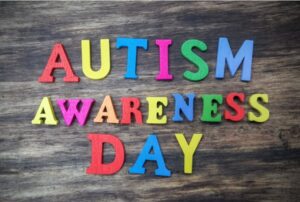Many parents may notice that their children experience discomfort, such as abdominal pain, diarrhea, or rashes after eating certain foods. These symptoms may be related to "food intolerance."
Case Study
A 2-year-old child named Leon has been complaining of stomach aches, especially after drinking milk. His mother observed that every time he drank milk, his stomach would feel bloated, and he would become irritable. After a period of observation, Leon's mother suspected that he might have lactose intolerance and took him to the doctor. The doctor advised keeping a food diary, and his mother noticed that Leon’s stomach pain and diarrhea would worsen after drinking milk. Following the doctor's suggestion, she replaced regular milk with lactose-free milk, and after a few weeks, Leon’s symptoms improved significantly, confirming that he indeed had lactose intolerance.
What is Food intolerance
Food intolerance refers to a digestive system reaction, not related to the immune system, where the digestive system of a child cannot properly process certain food components. Common types of food intolerance include lactose intolerance, gluten intolerance, and protein allergies.
Common Symptoms:
- Diarrhea or Constipation: When the body cannot effectively digest certain foods, the digestive system may overreact, leading to irregular bowel movements, diarrhea, or constipation.
- Abdominal Pain and Bloating: After eating certain foods, children may experience ongoing abdominal pain or discomfort, sometimes accompanied by nausea or vomiting.
- Skin Reactions: Children may develop redness, swelling, or itching of the skin after eating certain foods.
- Respiratory Symptoms: Some children may experience mild breathing difficulties or coughing, along with throat swelling after consuming food they cannot tolerate.
How to Manage Food Intolerance in Children:
- Dietary Adjustments:
The most direct way to manage food intolerance is to avoid foods that trigger adverse reactions. For example, children with lactose intolerance can choose lactose-free dairy products or plant-based milk alternatives.
- Nutritional Supplementation:
Food intolerance may lead to a lack of certain nutrients. Parents should ensure that their child is consuming adequate amounts of calcium, vitamin D, and other essential nutrients. For children with lactose intolerance, other calcium-rich foods such as leafy greens can be added to the diet.
- Professional Treatment:
If symptoms are severe, it is recommended to seek medical advice and follow treatment plans prescribed by healthcare professionals. In some cases, doctors may recommend enzyme supplements or other treatments to help children better digest food.
- Regular Check-ups:
Food intolerance symptoms may change over time, so it is important for parents to take their child for regular check-ups to adjust their dietary plan accordingly and ensure healthy growth.
Key Points:
Food intolerance symptoms can vary, including abdominal pain, bloating, and skin reactions. Parents should be attentive to their child’s dietary responses and take timely action. By making appropriate dietary adjustments, supplementing nutrients, and seeking professional treatment when needed, most children can alleviate symptoms and grow healthily.












